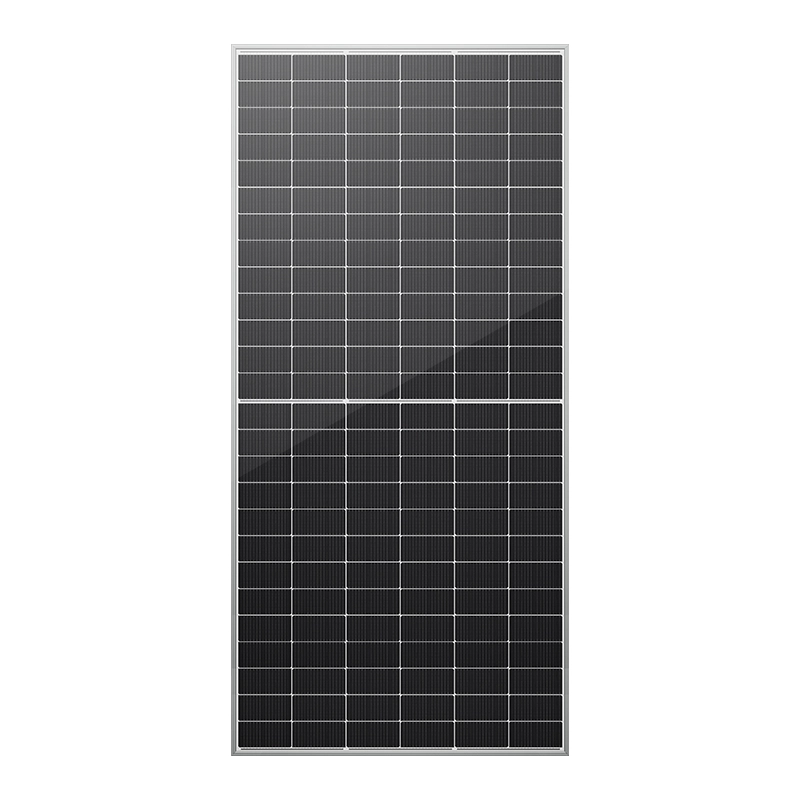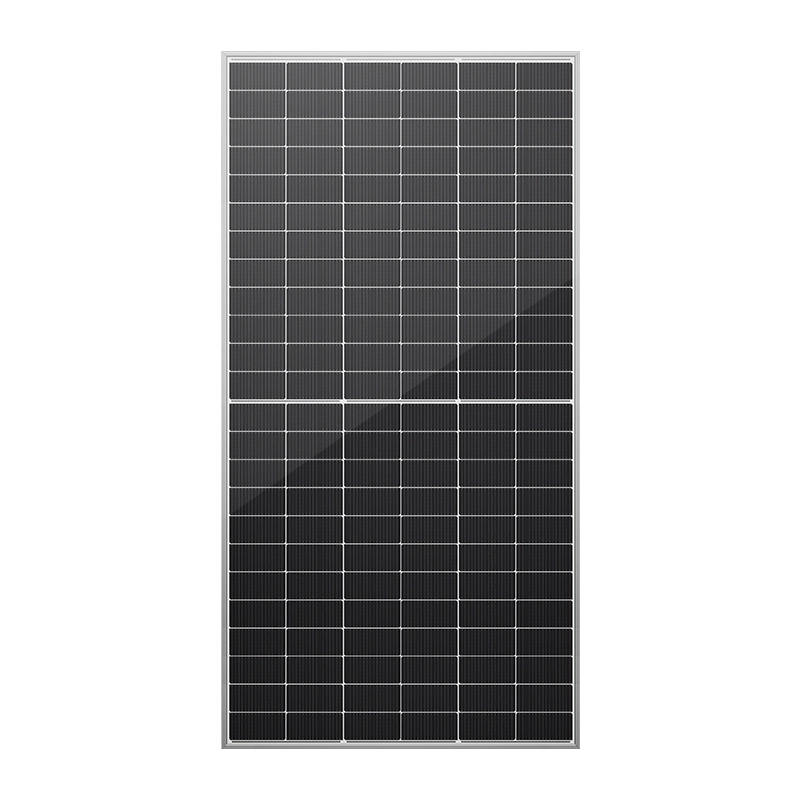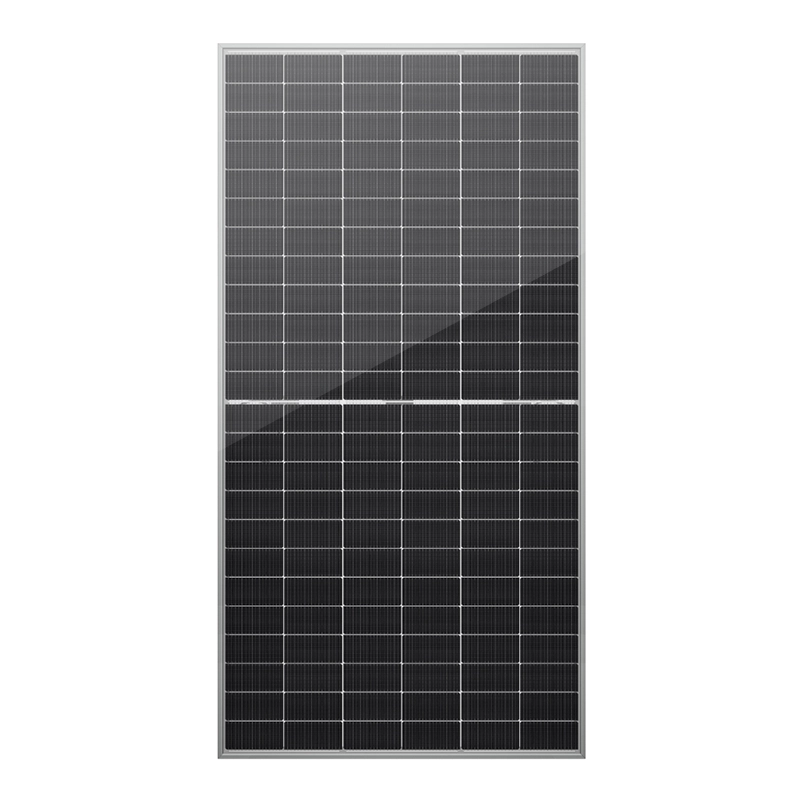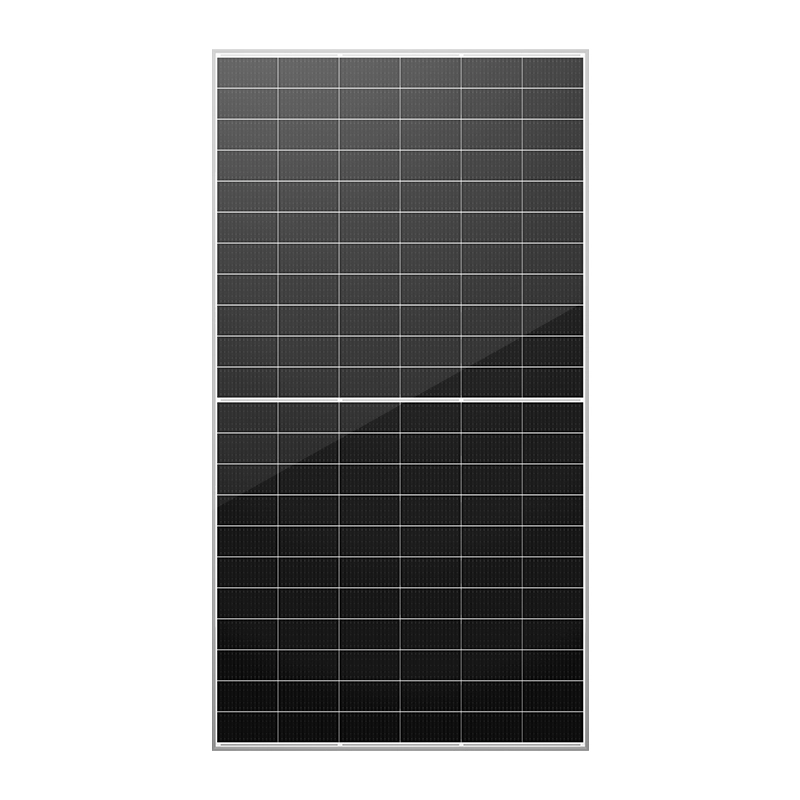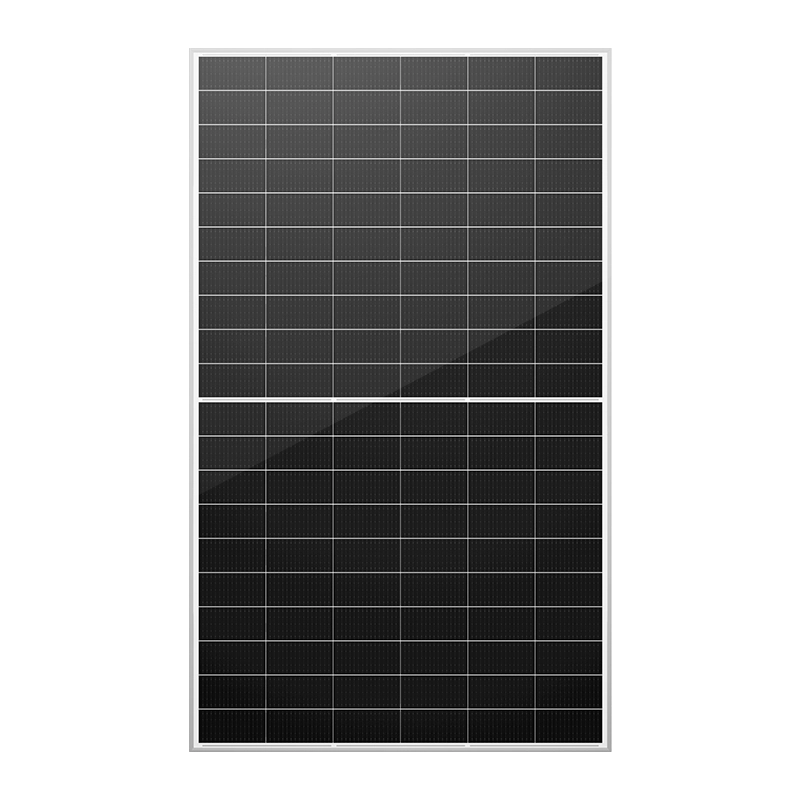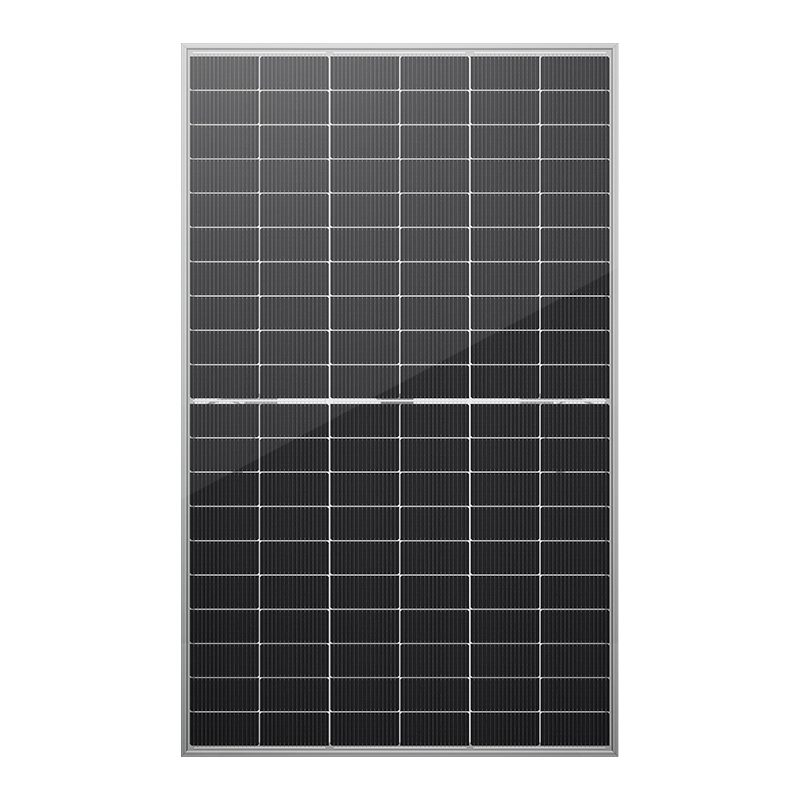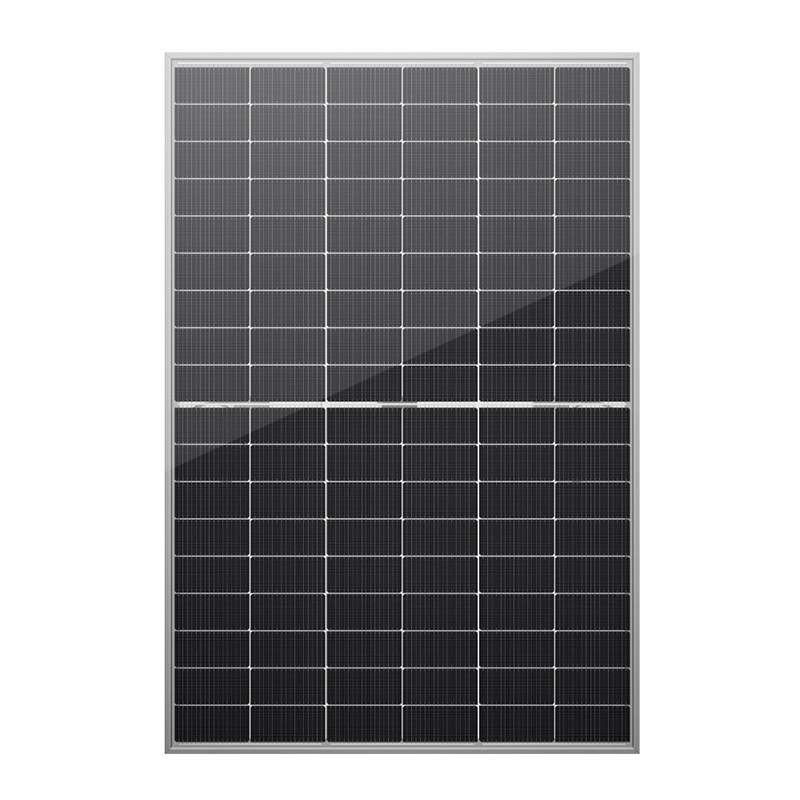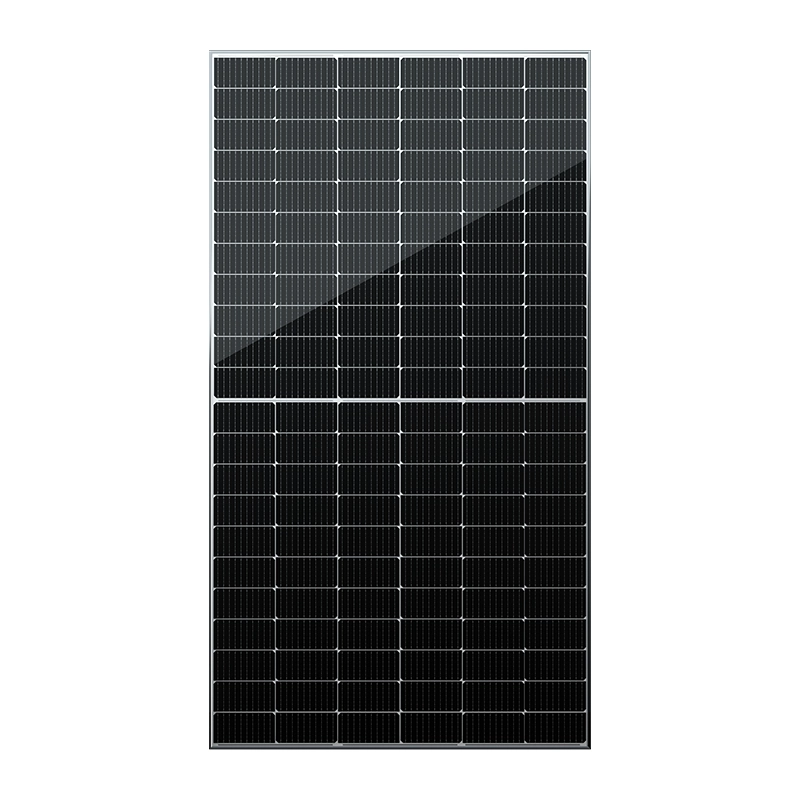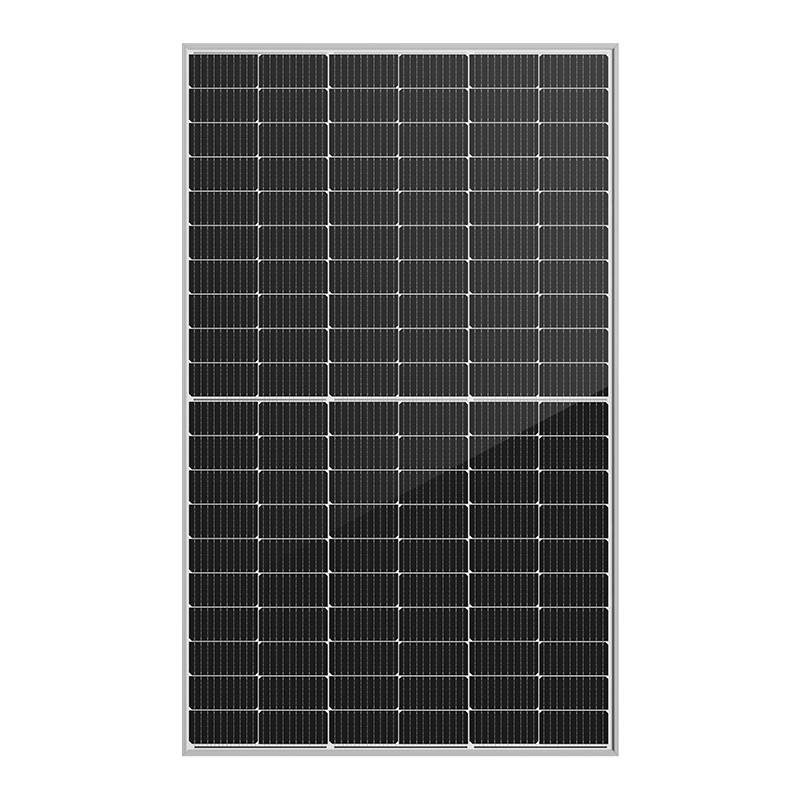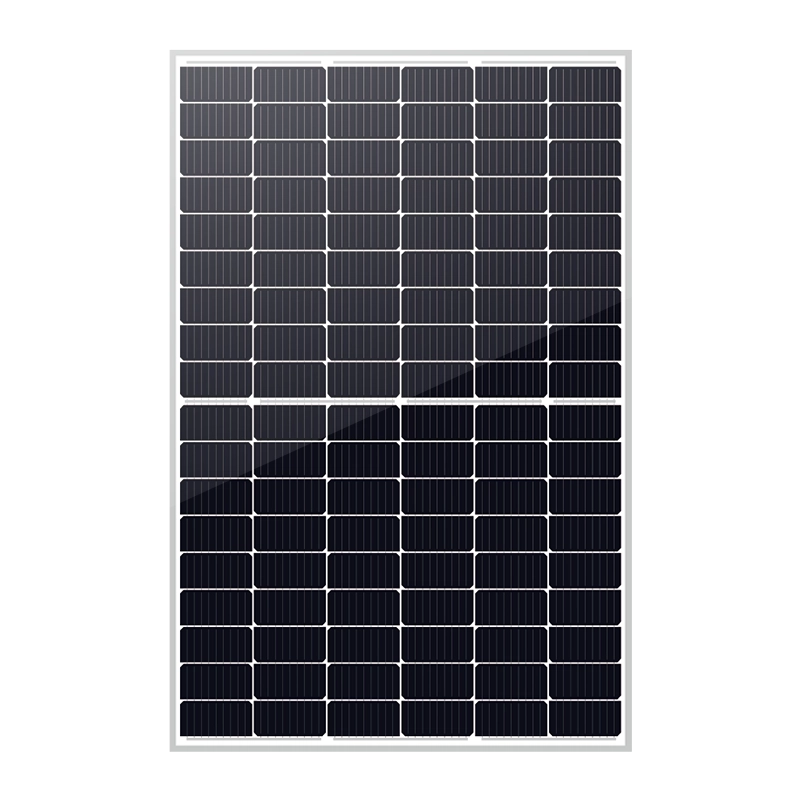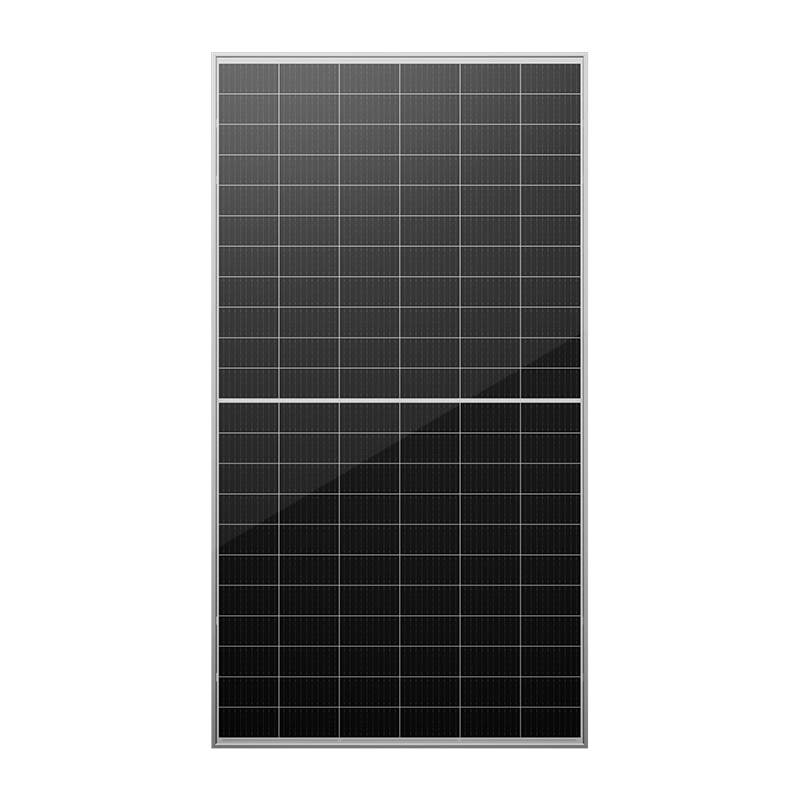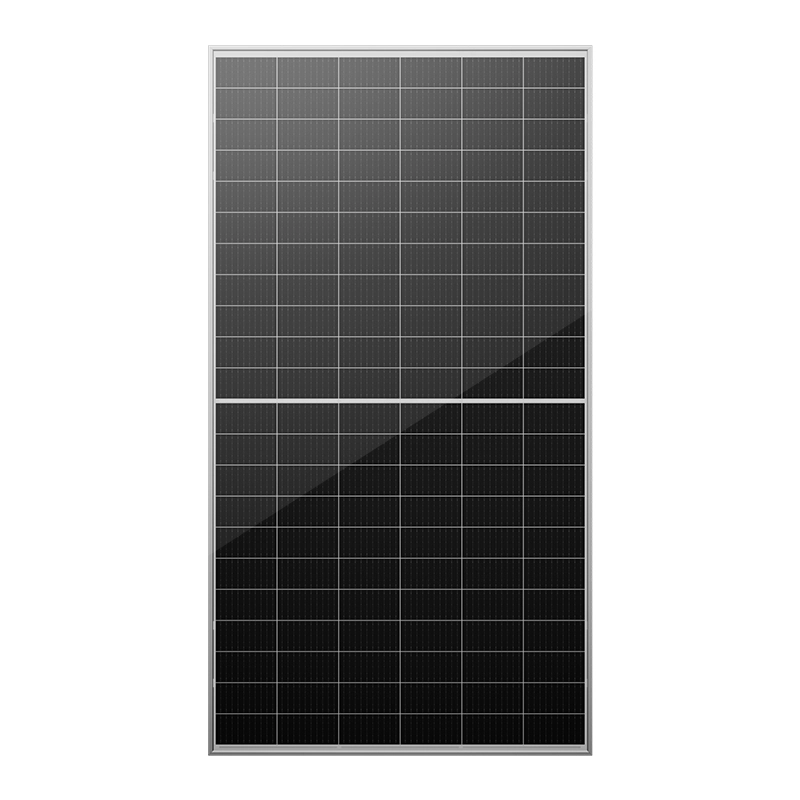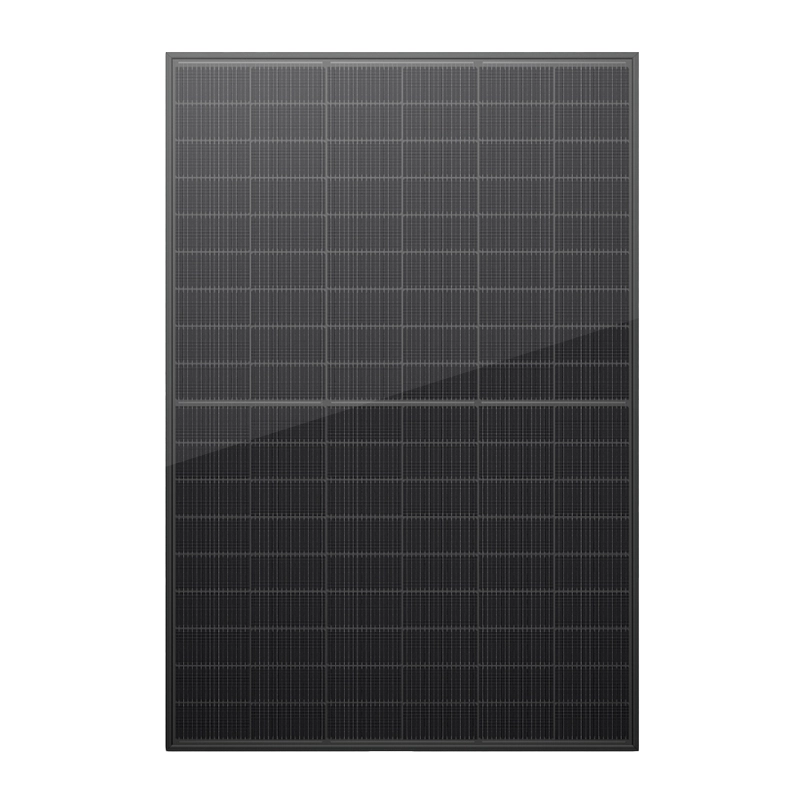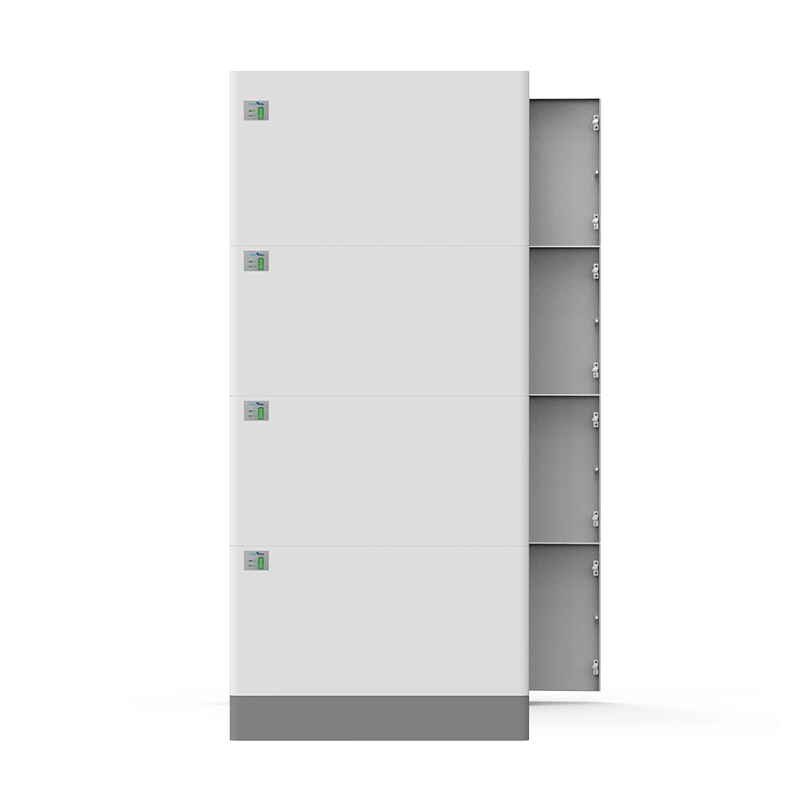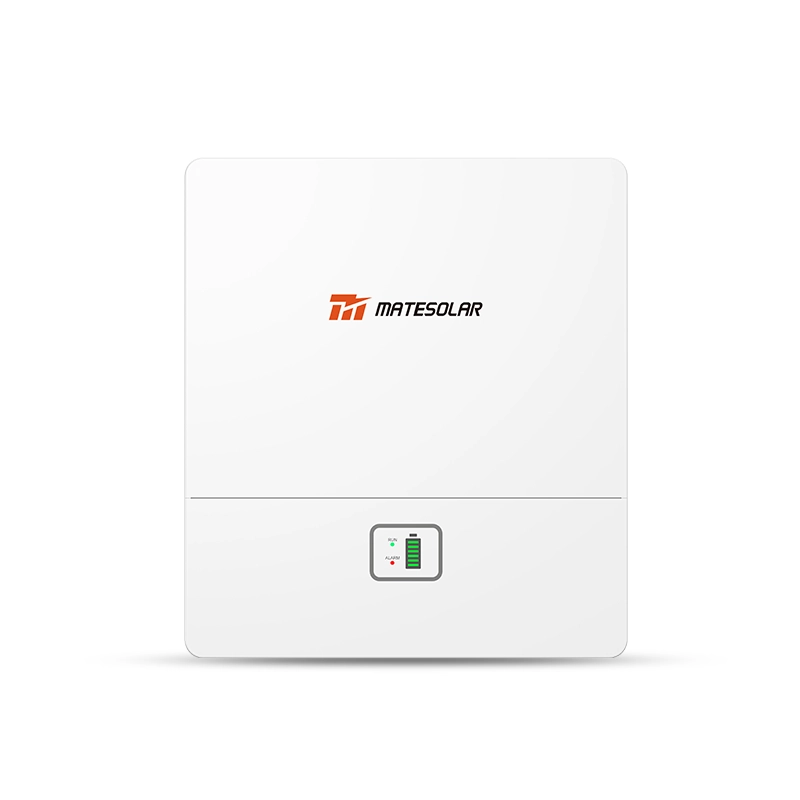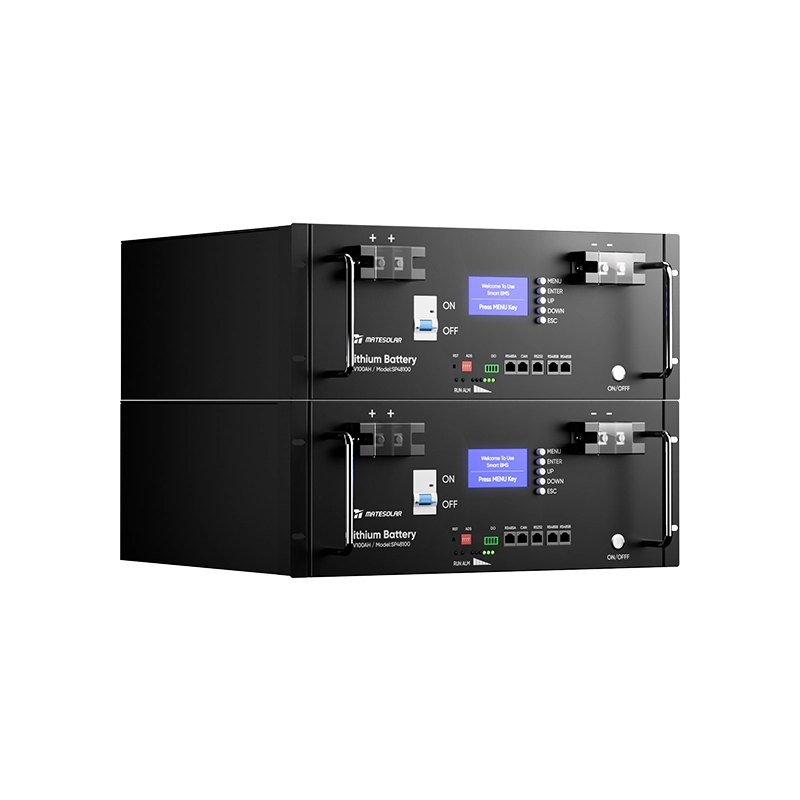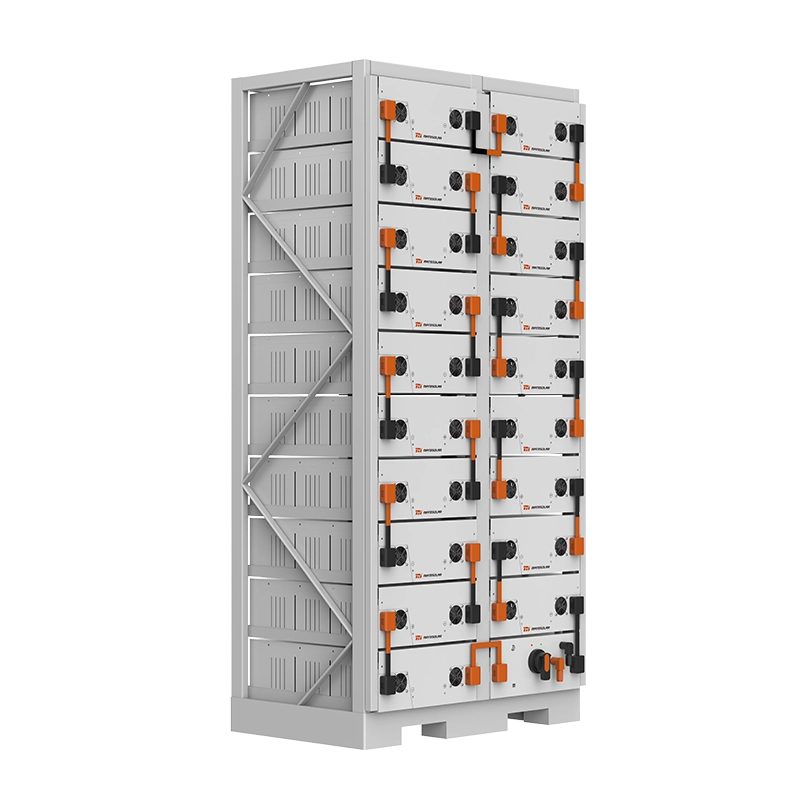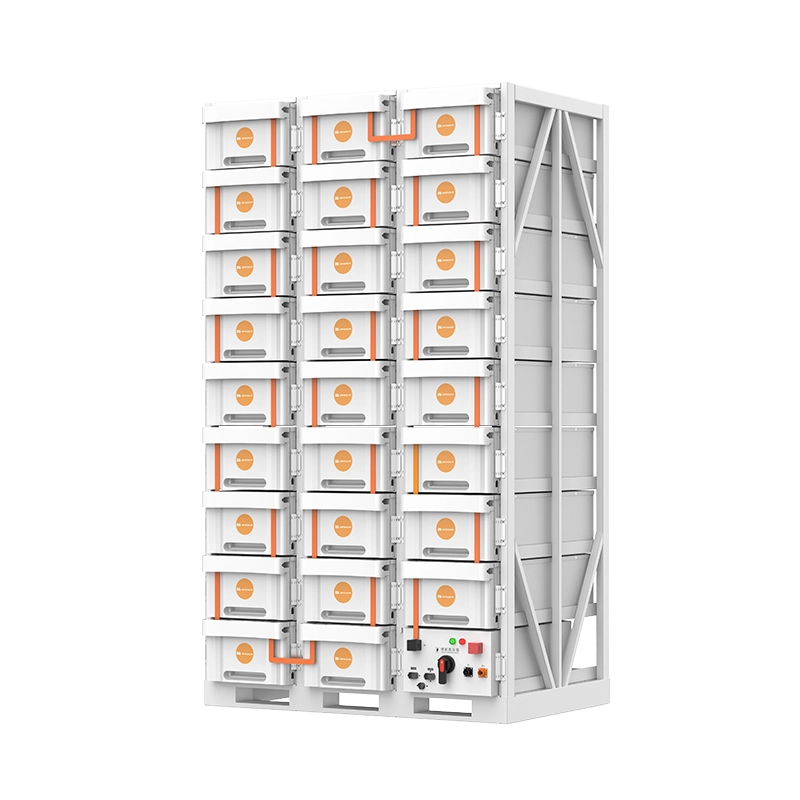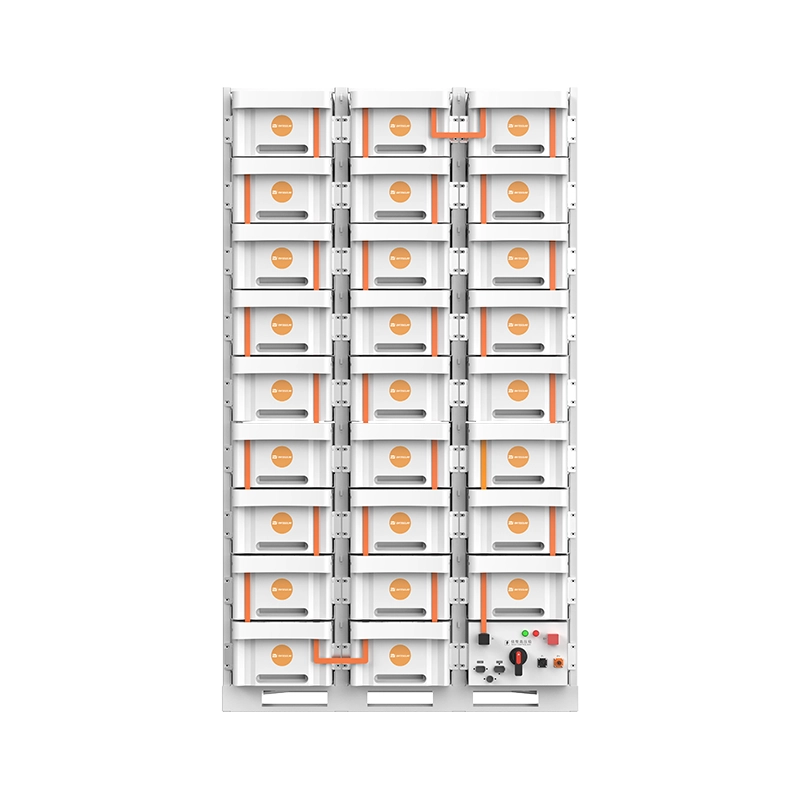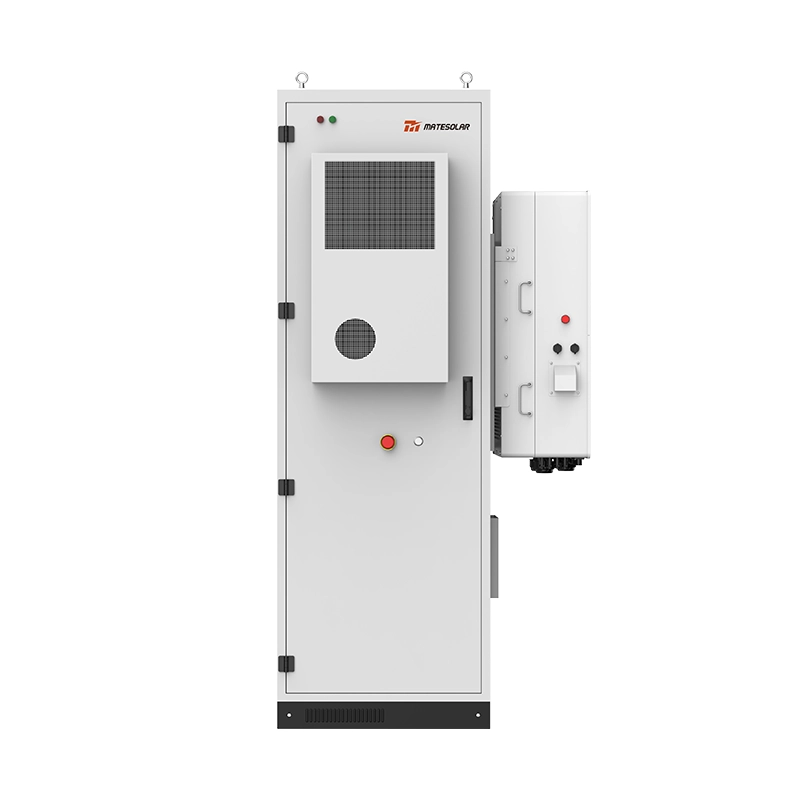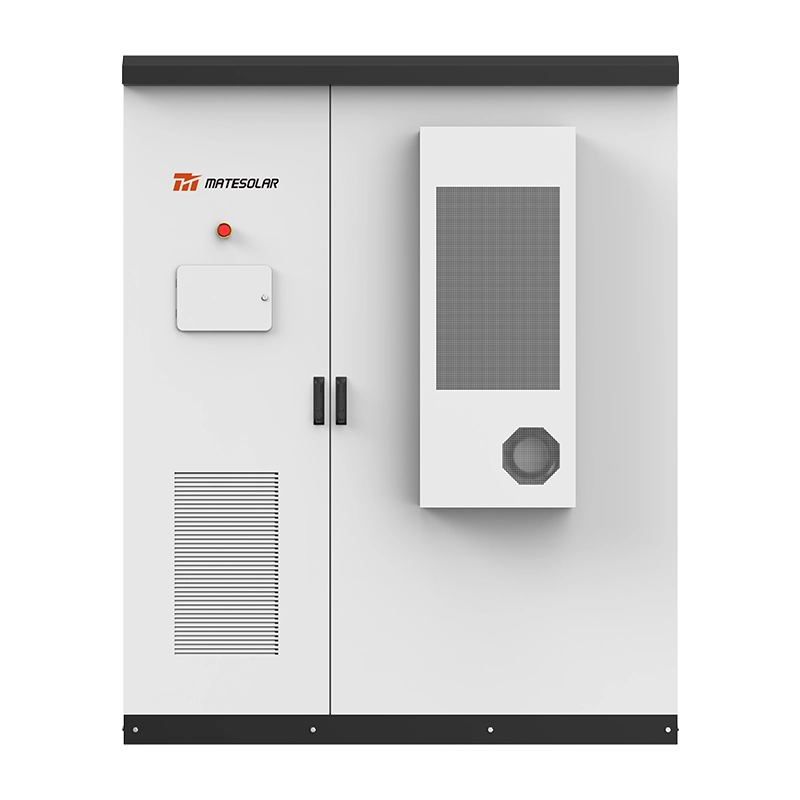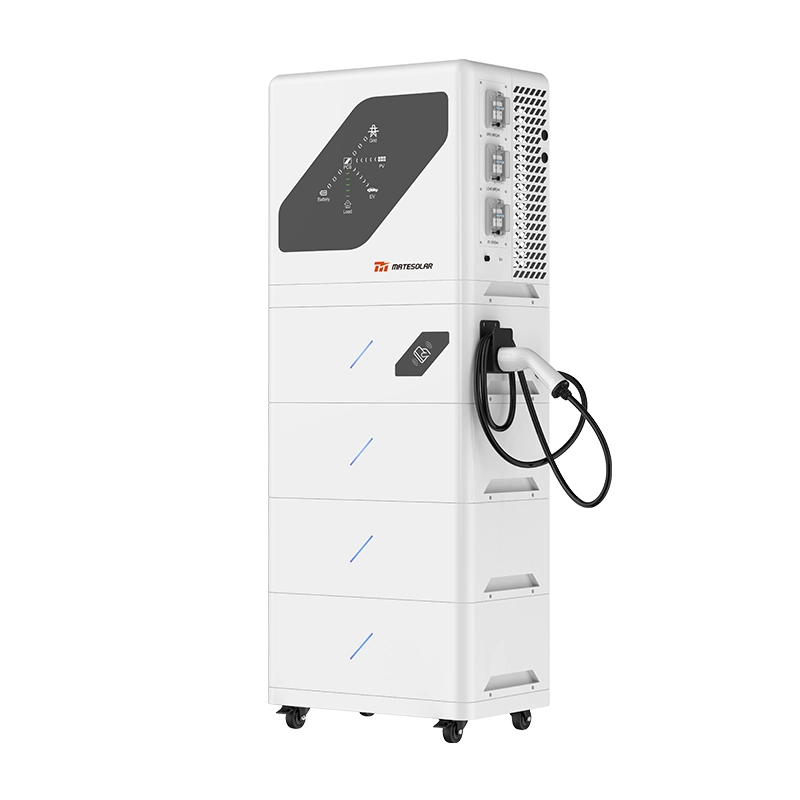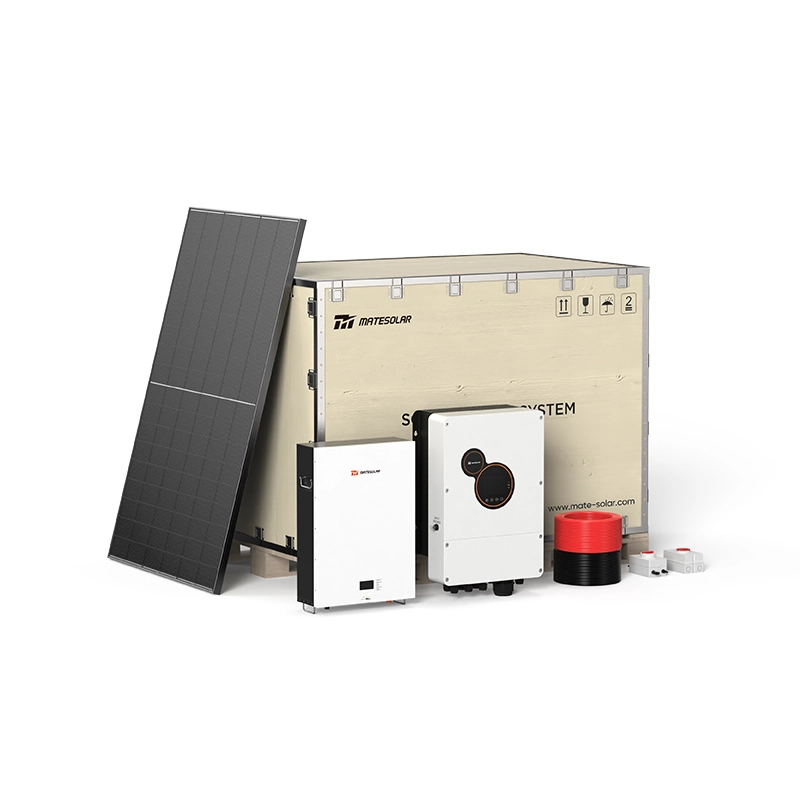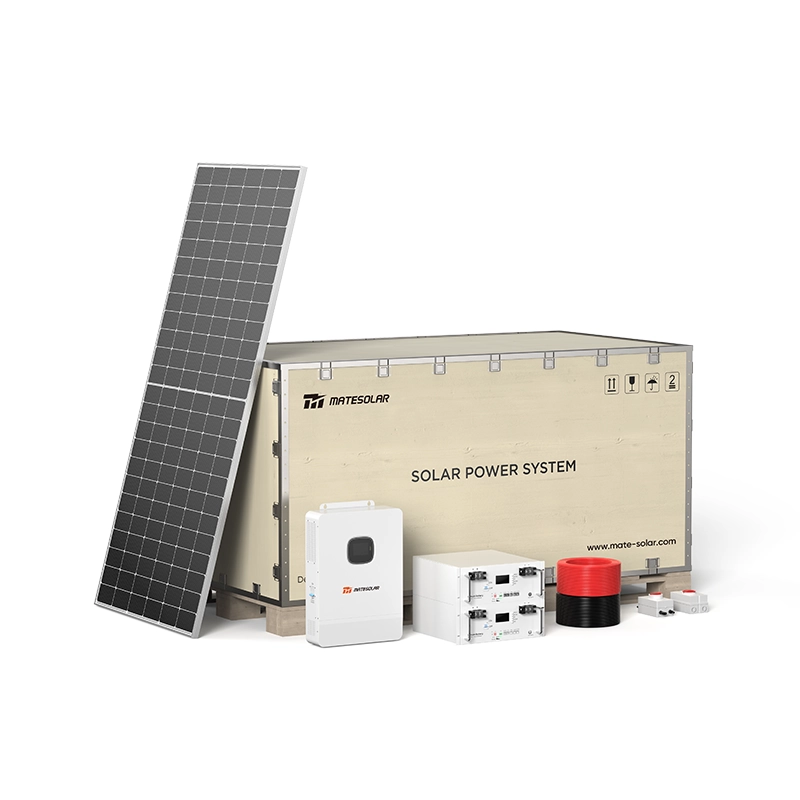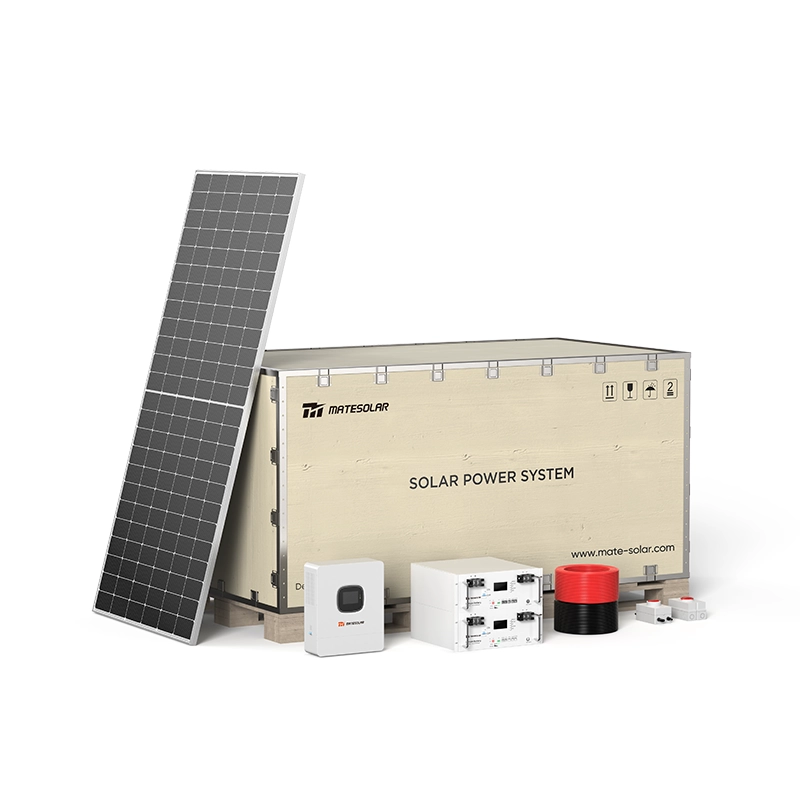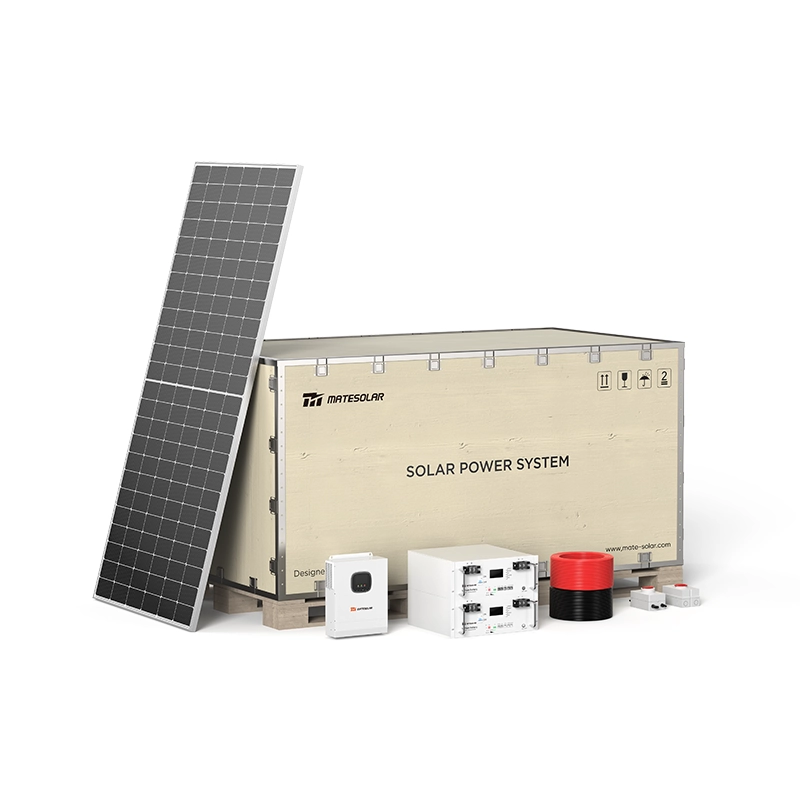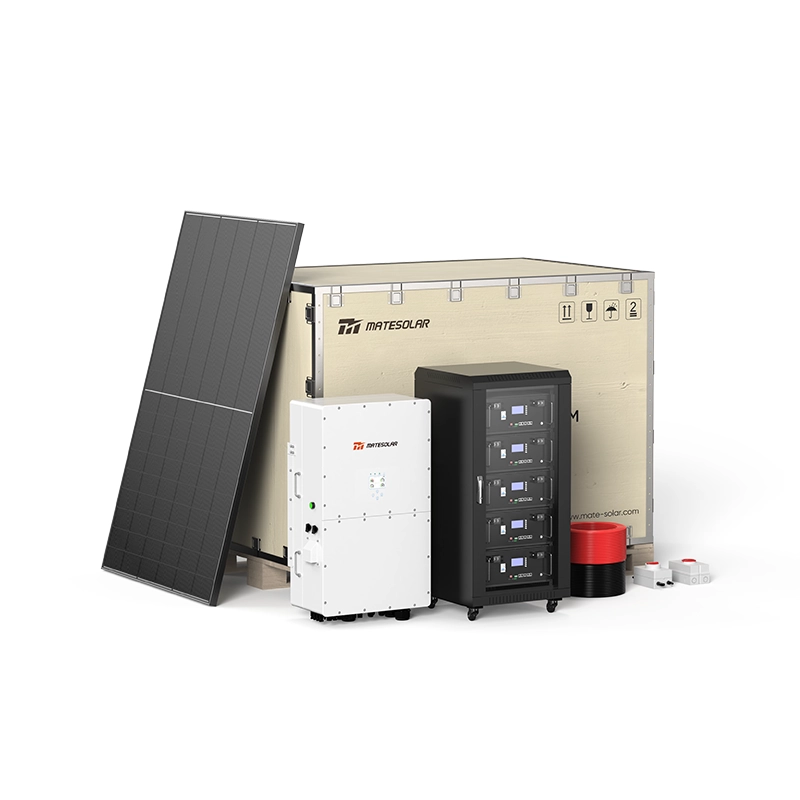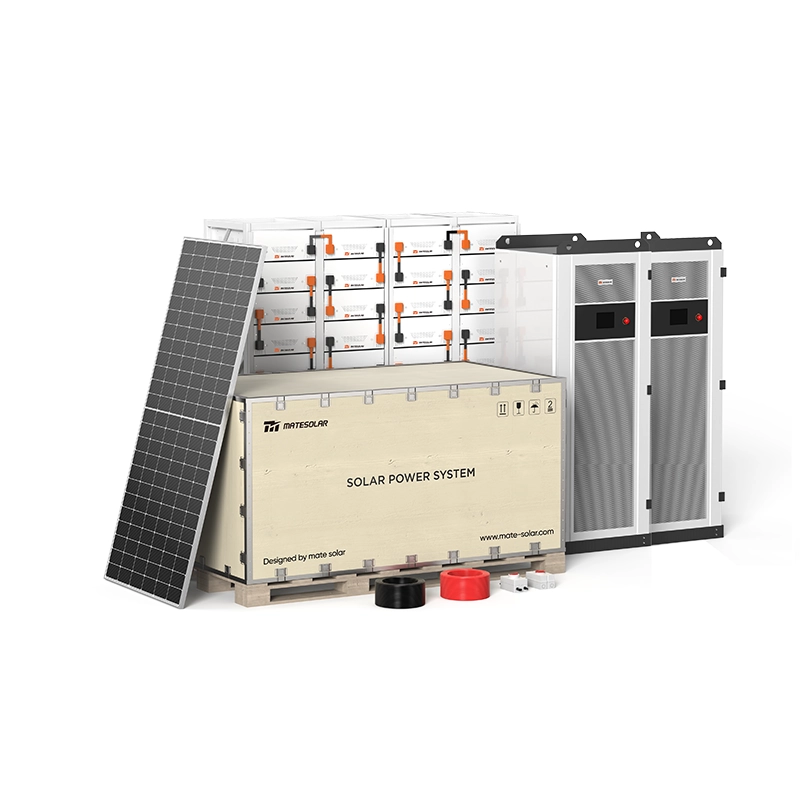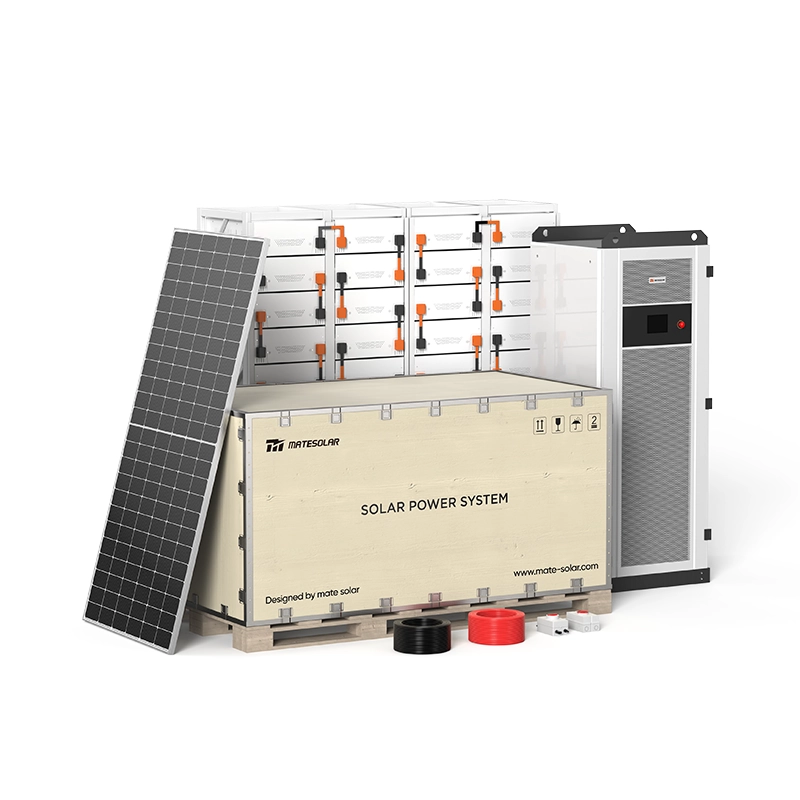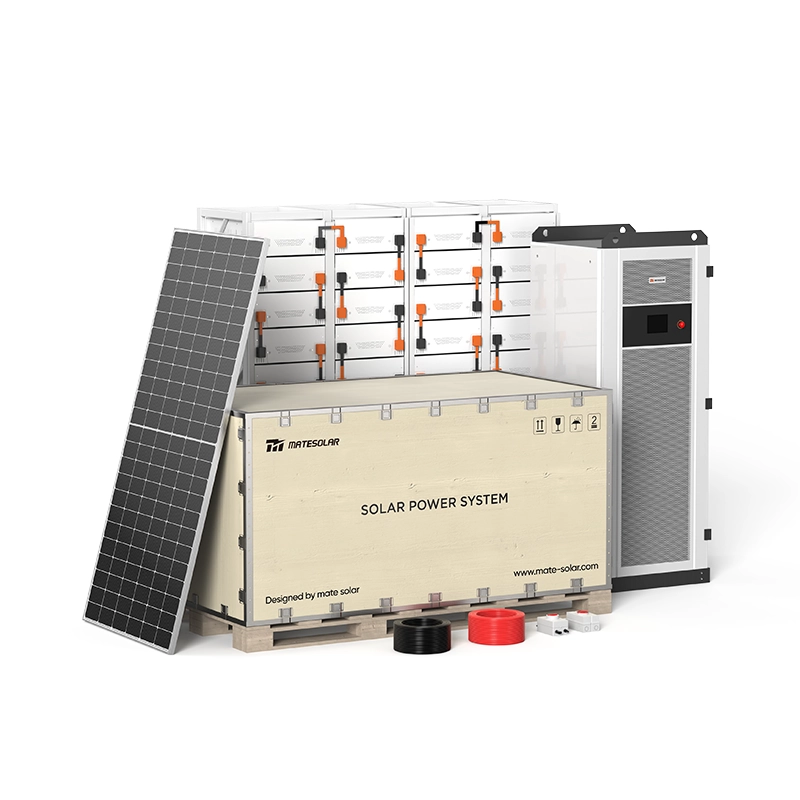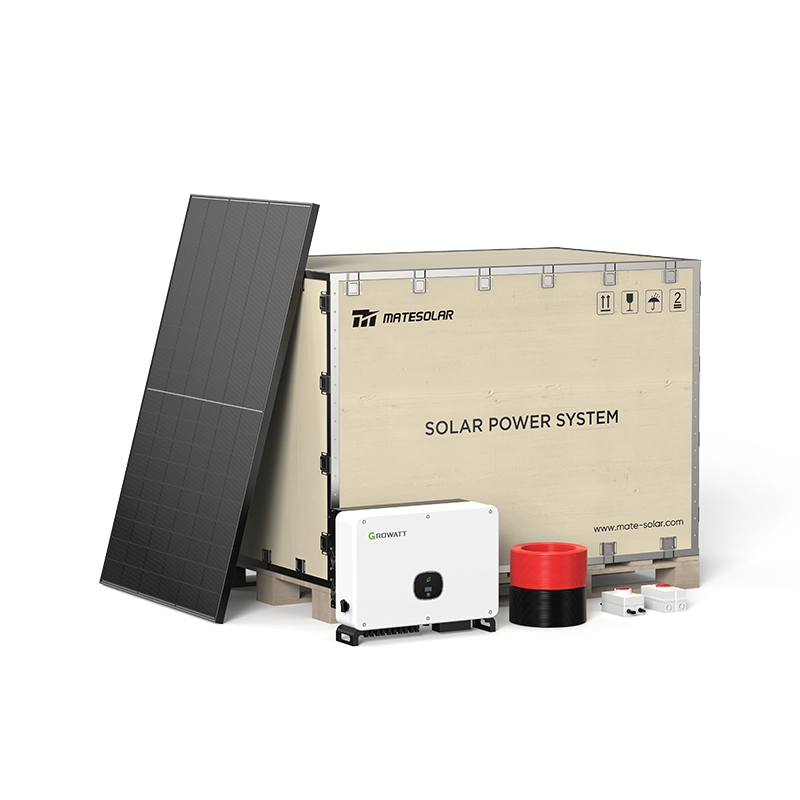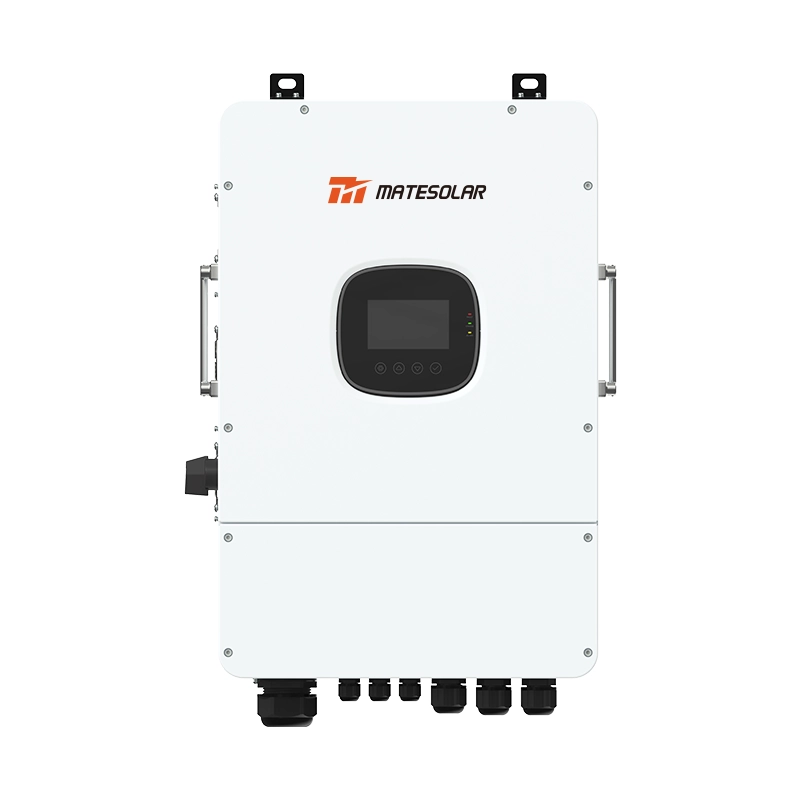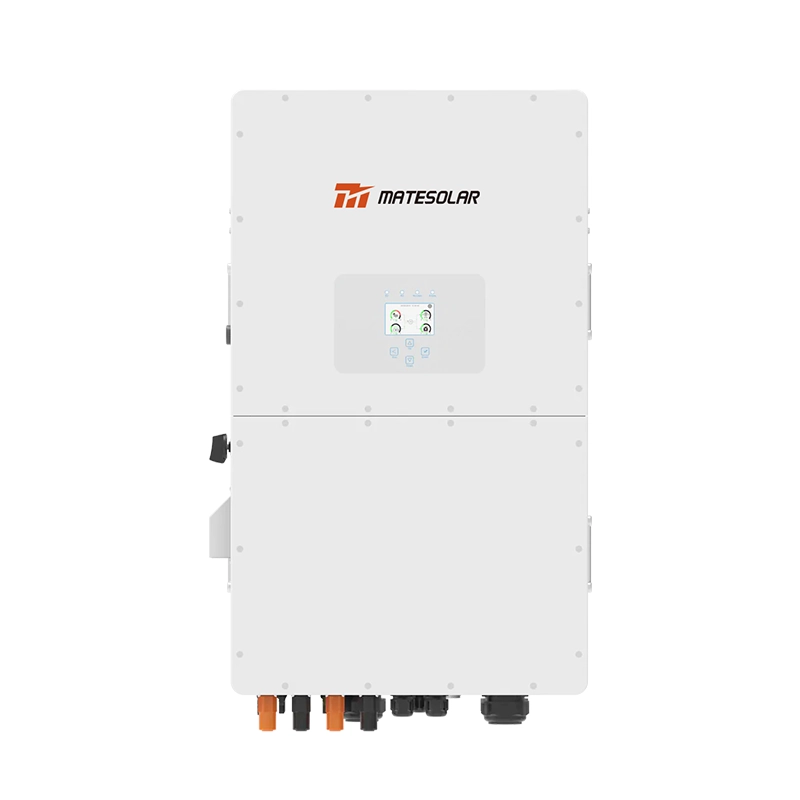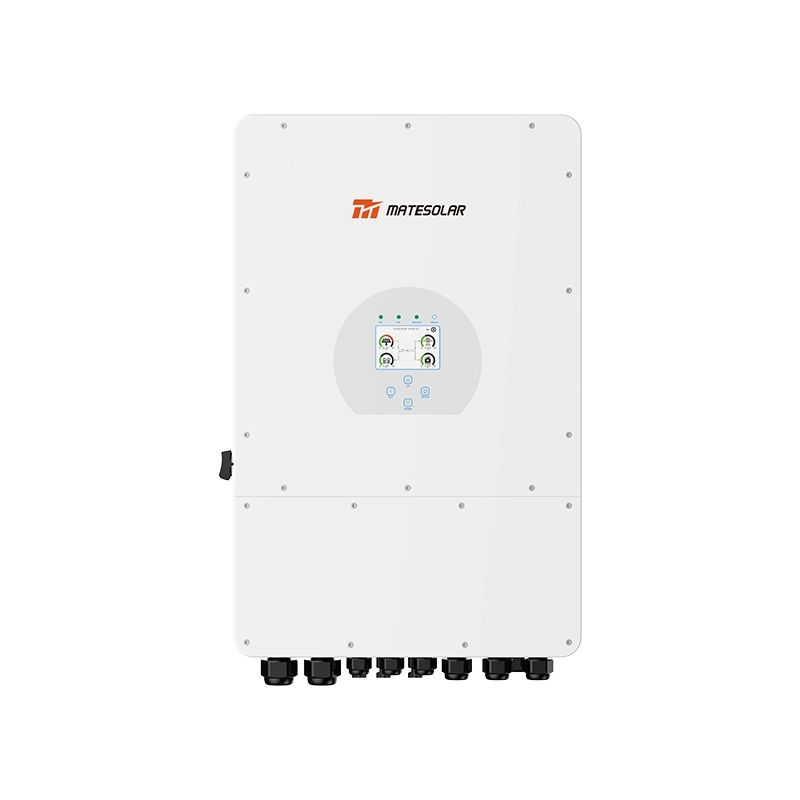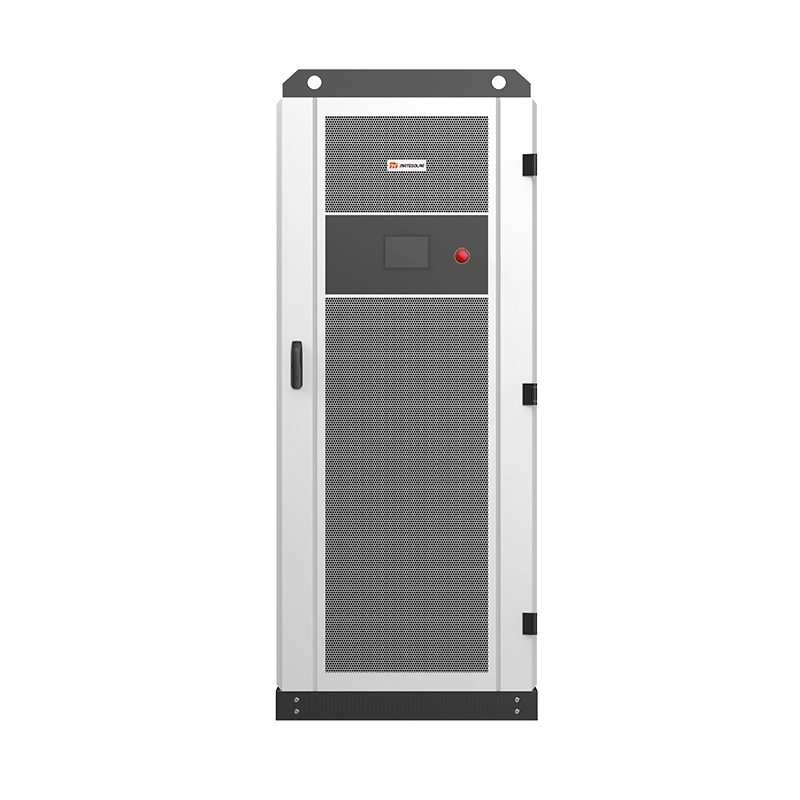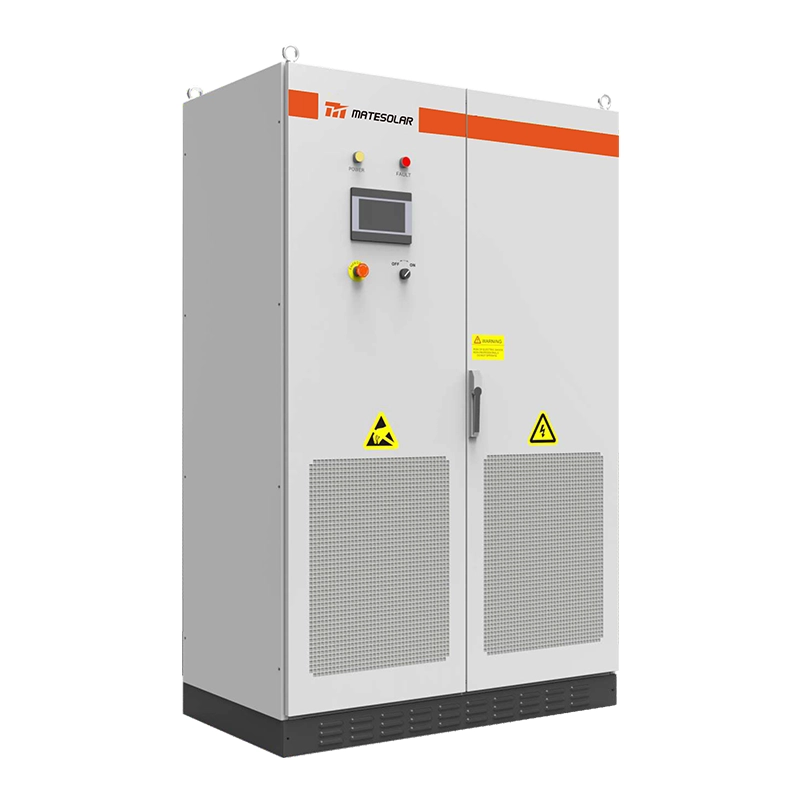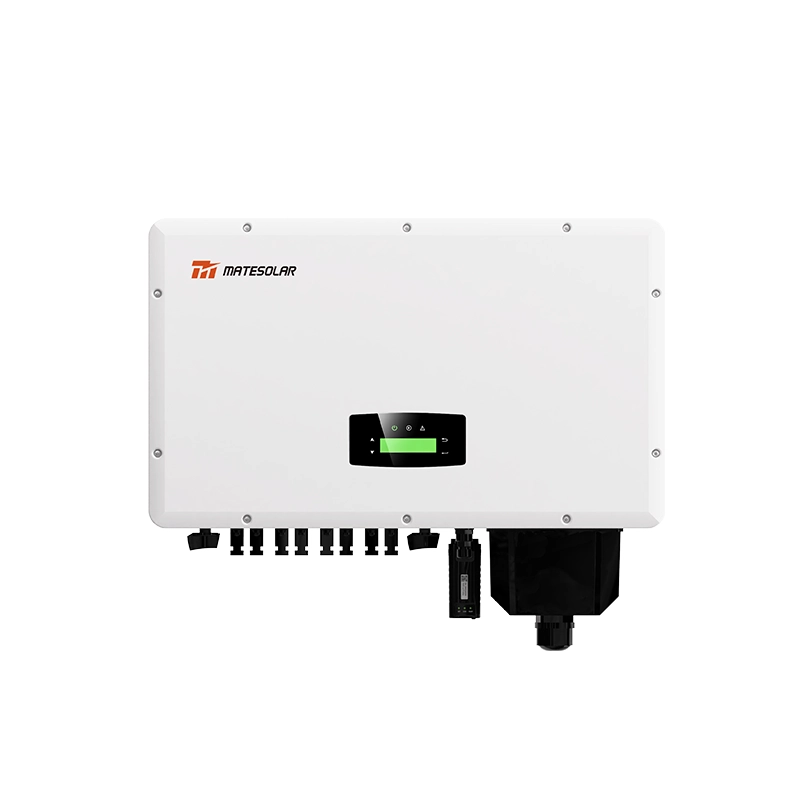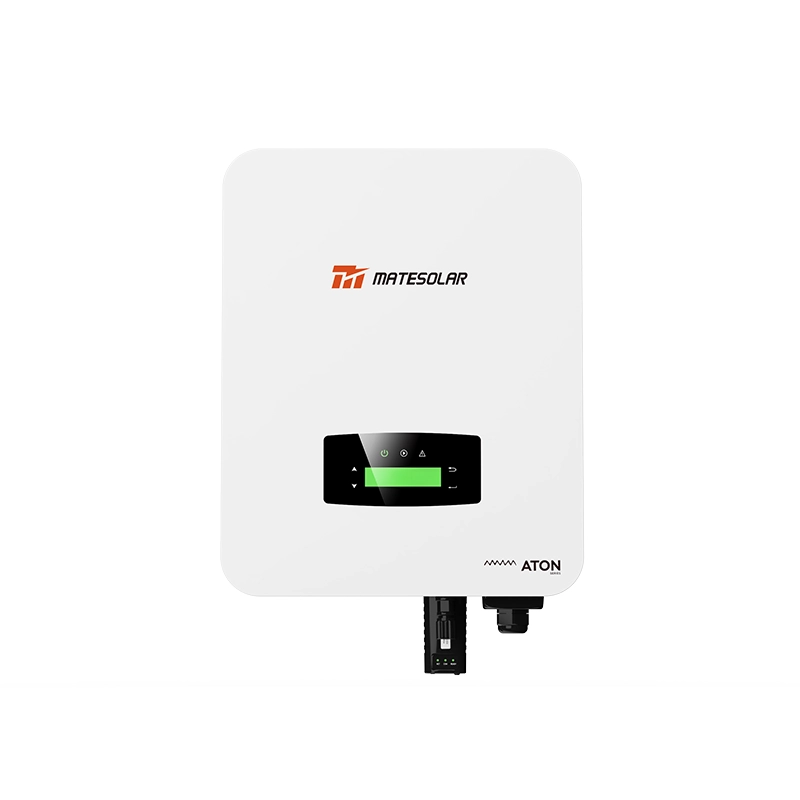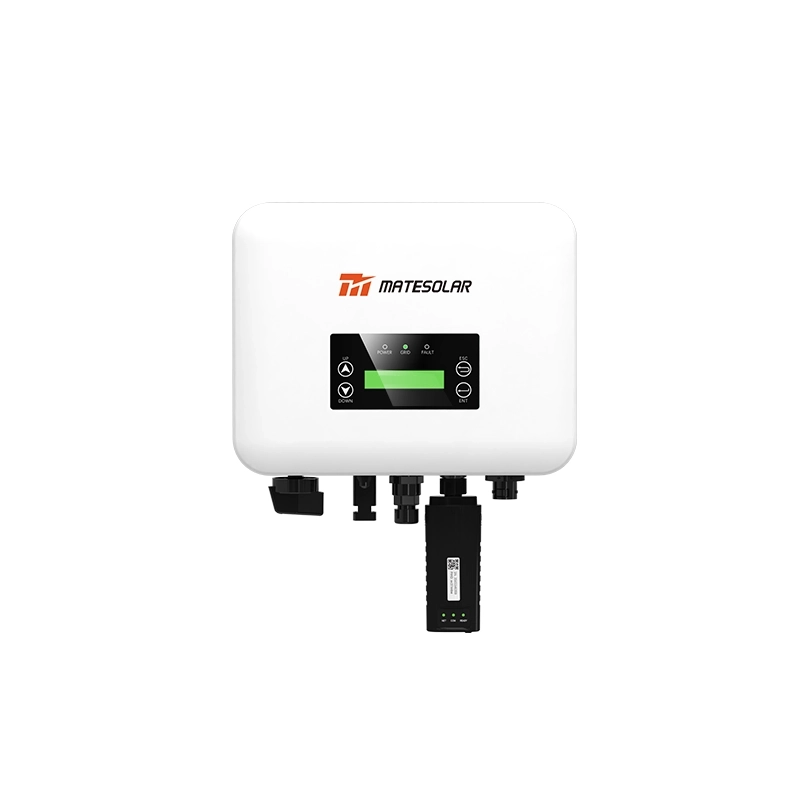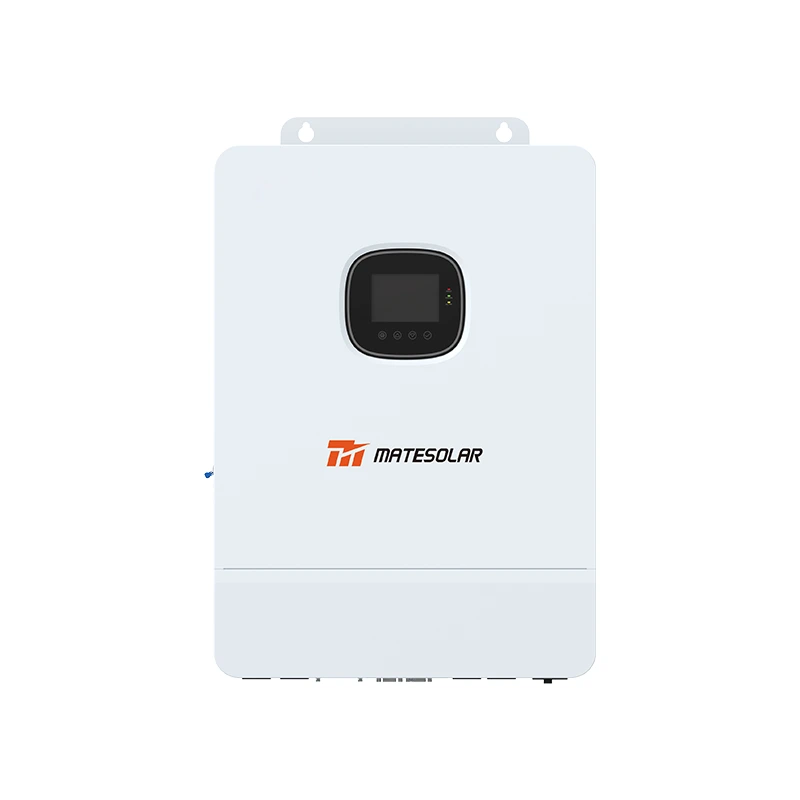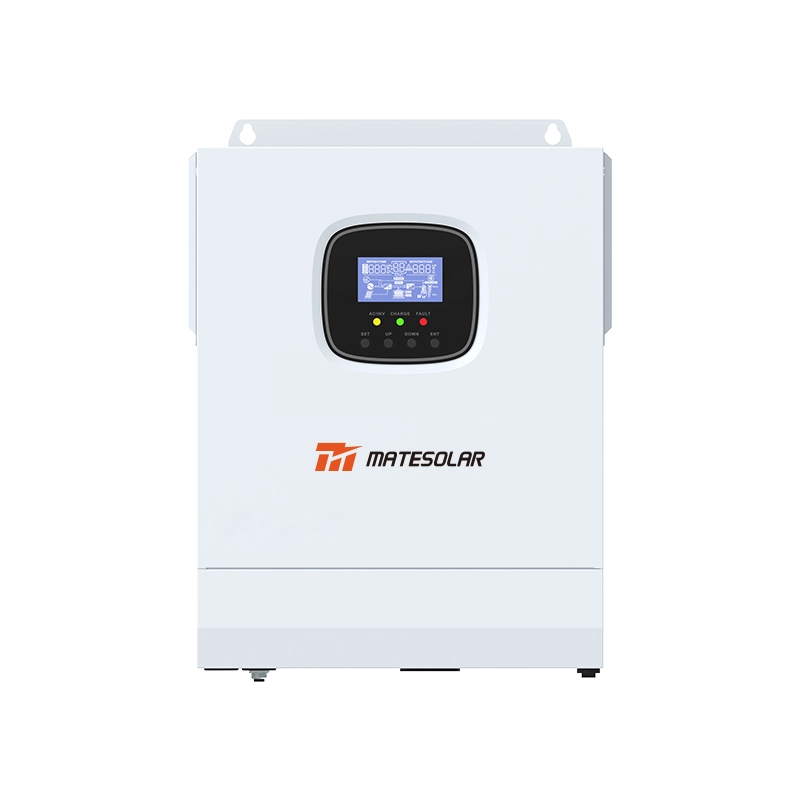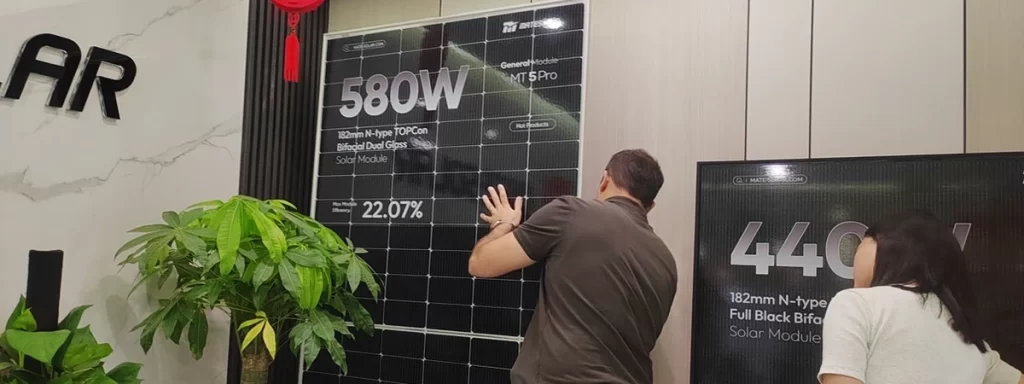
MateSolar Headquarters, May 16, 2025 – In a significant step toward expanding renewable energy infrastructure in Afghanistan, a key Afghan client specializing in utility-scale solar projects visited MateSolar’s headquarters this week. The visit focused on finalizing a 1MW order of 590W N-type TOPCon modules and exploring integrated storage solutions tailored for Afghanistan’s high-temperature, arid climate. The discussions underscored MateSolar’s role as a provider of end-to-end PV-storage systems and MateSolar’s technological leadership.
Technical Engagement Highlights
The client’s agenda included:
1. Product Demonstration:
Evaluation of 590W N-type TOPCon modules:
<1> 22.84% module efficiency and 24.8% cell efficiency (industry benchmark for N-type TOPCon);
<2> Dual-glass bifacial design, generating up to 30% additional yield from rear-side irradiation;
<3> Temperature coefficient of -0.29%/°C, critical for Afghanistan’s summer peaks exceeding 45°C.
2. Supply Chain & Logistics:
<1> Confirmation of factory-direct shipping from Nantong, China, with 720 modules per 40HQ container (36 modules/pallet).
<2> Compliance with Middle East quality assurance protocols, including on-site factory inspections and English-certified packaging.
3. Integrated Storage Solutions:
MateSolar proposed coupling the 1MW array with battery systems (2.5MWh capacity), enabling 24/7 off-grid operation—a necessity in Afghanistan’s grid-unstable regions.
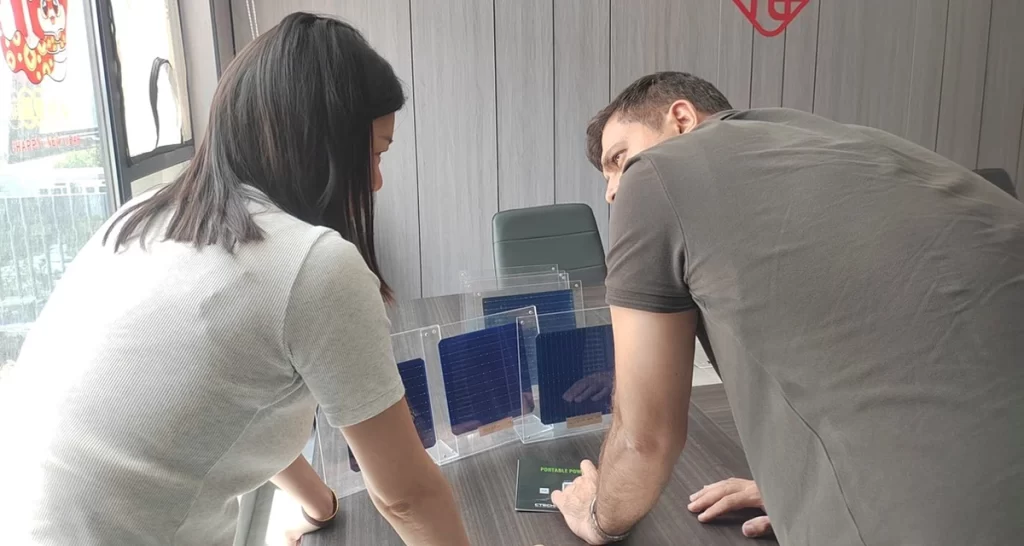
Q&A: Technical & Market Adaptation
Q: How do MateSolar modules address Afghanistan’s dust accumulation and sandstorm challenges?
A: MateSolar’s dual-glass design features IP68-rated junction boxes and anti-abrasion coatings, reducing degradation from dust ingress. MateSolar complements this with robotic cleaning solutions to maintain 95%+ performance in arid zones.
Q: Can these modules integrate with microgrids in remote Afghan communities?
A: Absolutely. The high open-circuit voltage (≤50V) allows longer string designs, minimizing balance-of-system costs. MateSolar’s GridFlex™ inverters enable seamless transition between on-grid and off-grid modes during outages.
Q: Why N-type over conventional P-type for Afghanistan?
A: N-type TOPCon cells exhibit lower LID (Light-Induced Degradation) and superior weak-light performance—crucial for regions with frequent sand haze. Jinko’s field data confirms <1.5% annual degradation vs. 2.5% for P-type.
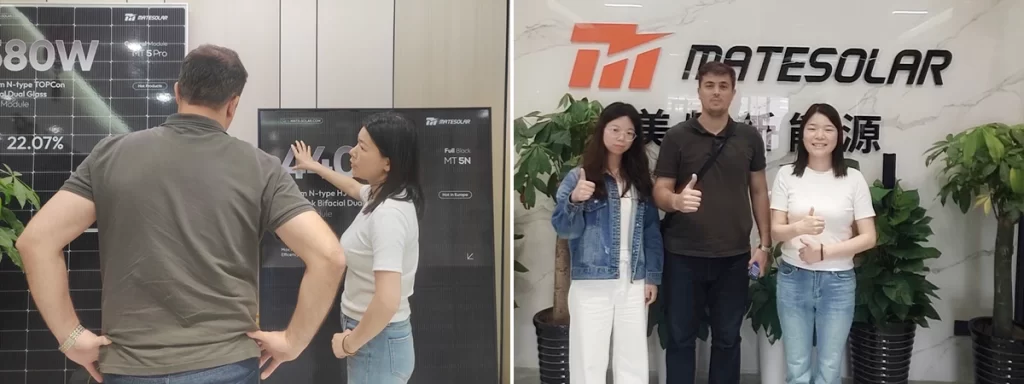
Strategic Implications
Afghanistan’s reconstruction demands scalable energy solutions. This 1MW project—powering ~400 households—exemplifies how MateSolar’s high-density modules and MateSolar’s storage expertise can overcome infrastructure gaps. With Afghanistan importing 90% of solar equipment 10, partnerships like this accelerate decarbonization while mitigating supply-chain risks.
À propos de MateSolar :
As an integrated PV-storage solution provider, MateSolar delivers turnkey renewable energy systems from sourcing to grid integration. Our partnerships with tier-1 manufacturers and localized technical support ensure project viability in challenging environments—from Central Asia to the Middle East.
#MateSolar #AfghanSolar #TOPCon #RenewableEnergy





